Title: The Perfect Blend: Understanding Specifications for Quality Ceramic Tiles and its Impact on Purchase Price Introduction: When it comes to home decor, ceramic tiles have long been a popular choice due to their durability, versatility, and aesthetic appeal. However, not all ceramic tiles are created equal. This article aims to provide an in-depth understanding of the specifications that contribute to the quality of ceramic tiles and how these factors impact their purchase price. By knowing what to look for, consumers can make informed decisions and invest in tiles that both enhance their space and meet their budgetary needs. 1. Tile Grade and Durability: The first specification to consider is the tile grade, which indicates its durability and suitability for different applications.
ceramic tile
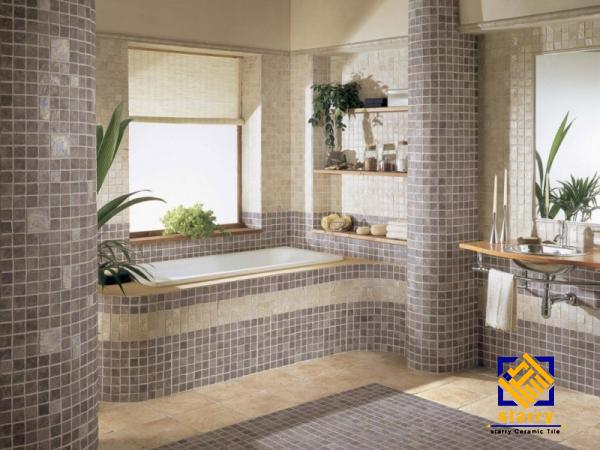 Ceramic tiles are generally classified as wall tiles (Grade 1), which are less durable, and floor tiles (Grade 2 and Grade 3), which are more resilient. Floor tiles tend to have a higher purchase price due to their superior strength, resistance to wear and tear, and longevity. 2. Tile Body Composition: The composition of a ceramic tile’s body significantly affects its strength and performance. The two main types are porcelain and non-porcelain tiles. Porcelain tiles are made of fine-grained clay and fired at higher temperatures, resulting in a denser and more durable product. Non-porcelain tiles are typically more affordable but may be less resistant to impact and stains. The choice between the two types must consider factors such as the application area, budget, and desired aesthetics.
Ceramic tiles are generally classified as wall tiles (Grade 1), which are less durable, and floor tiles (Grade 2 and Grade 3), which are more resilient. Floor tiles tend to have a higher purchase price due to their superior strength, resistance to wear and tear, and longevity. 2. Tile Body Composition: The composition of a ceramic tile’s body significantly affects its strength and performance. The two main types are porcelain and non-porcelain tiles. Porcelain tiles are made of fine-grained clay and fired at higher temperatures, resulting in a denser and more durable product. Non-porcelain tiles are typically more affordable but may be less resistant to impact and stains. The choice between the two types must consider factors such as the application area, budget, and desired aesthetics.
Specifications of ceramic tile
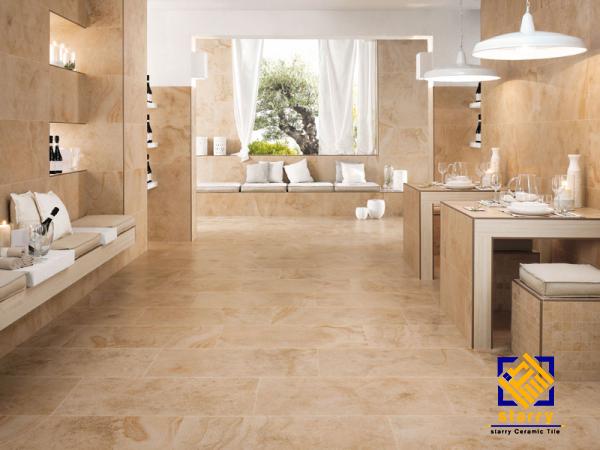 3. Water Absorption Rate: The water absorption rate of a ceramic tile is a crucial specification for areas like bathrooms and kitchens, where moisture is prevalent. It is measured as a percentage, with lower percentages indicating lower water absorption and higher resistance to damage. The lower the absorption rate, the higher the purchase price of the tile, as it typically reflects better quality and performance. 4. PEI Rating: The PEI (Porcelain Enamel Institute) rating is an essential specification for floor tiles, indicating their resistance to wear and durability. PEI ratings range from 0 to 5, with 0 suitable for walls only, and 5 able to withstand heavy commercial foot traffic. Tiles with higher PEI ratings tend to have a higher purchase price due to their superior strength and longevity.
3. Water Absorption Rate: The water absorption rate of a ceramic tile is a crucial specification for areas like bathrooms and kitchens, where moisture is prevalent. It is measured as a percentage, with lower percentages indicating lower water absorption and higher resistance to damage. The lower the absorption rate, the higher the purchase price of the tile, as it typically reflects better quality and performance. 4. PEI Rating: The PEI (Porcelain Enamel Institute) rating is an essential specification for floor tiles, indicating their resistance to wear and durability. PEI ratings range from 0 to 5, with 0 suitable for walls only, and 5 able to withstand heavy commercial foot traffic. Tiles with higher PEI ratings tend to have a higher purchase price due to their superior strength and longevity.
buy ceramic tile
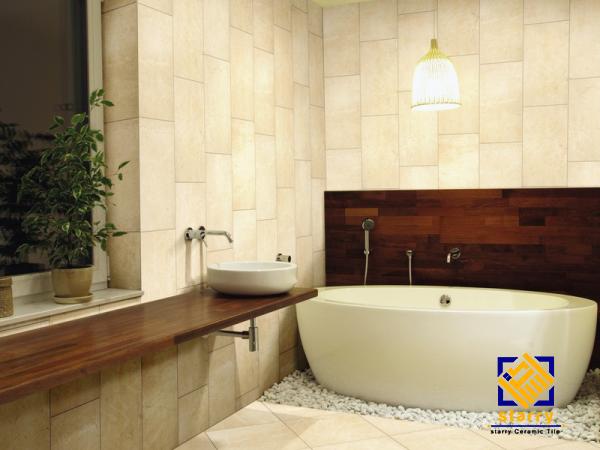 5. Size and Design: The size and design of ceramic tiles also impact their purchase price. Larger tiles tend to be more expensive, as they require more precise cutting and handling during installation. Additionally, intricate designs, patterns, and textures increase the purchase price, as they require more complex manufacturing processes. However, it is important to strike a balance between aesthetics and budget and choose tiles that align with the overall design vision. Conclusion: Understanding the specifications that contribute to the quality of ceramic tiles is crucial when making purchasing decisions. By considering factors such as tile grade, body composition, water absorption rate, PEI rating, size, and design, buyers can make informed choices that balance performance and affordability. Quality ceramic tiles may come at a higher purchase price, but the durability, aesthetic appeal, and longevity they offer make them a worthy investment for any residential or commercial space.
5. Size and Design: The size and design of ceramic tiles also impact their purchase price. Larger tiles tend to be more expensive, as they require more precise cutting and handling during installation. Additionally, intricate designs, patterns, and textures increase the purchase price, as they require more complex manufacturing processes. However, it is important to strike a balance between aesthetics and budget and choose tiles that align with the overall design vision. Conclusion: Understanding the specifications that contribute to the quality of ceramic tiles is crucial when making purchasing decisions. By considering factors such as tile grade, body composition, water absorption rate, PEI rating, size, and design, buyers can make informed choices that balance performance and affordability. Quality ceramic tiles may come at a higher purchase price, but the durability, aesthetic appeal, and longevity they offer make them a worthy investment for any residential or commercial space.
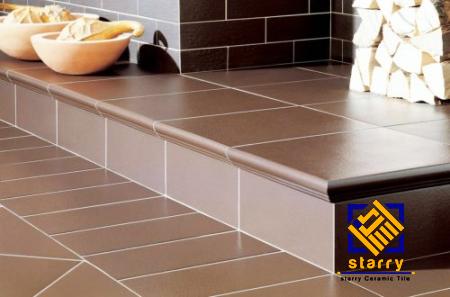
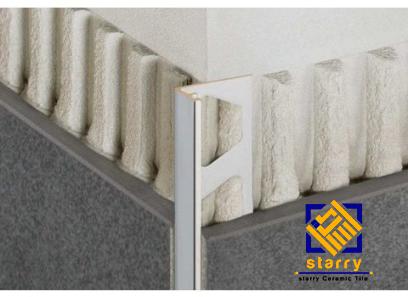


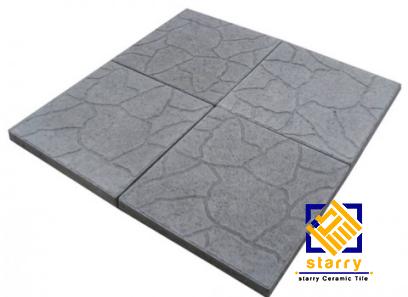




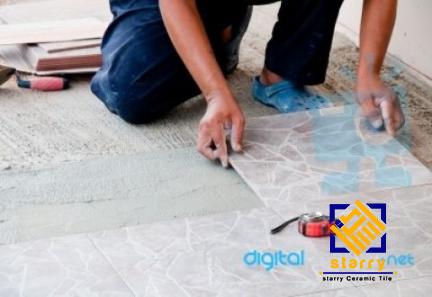
Your comment submitted.